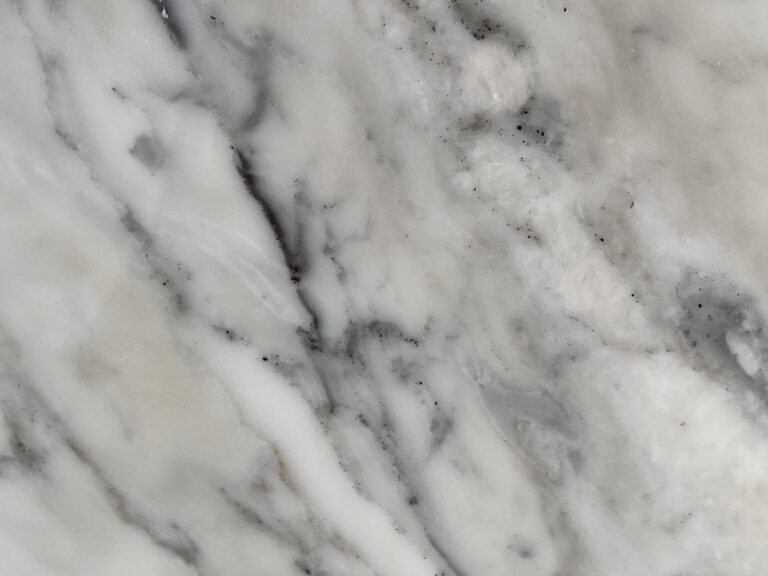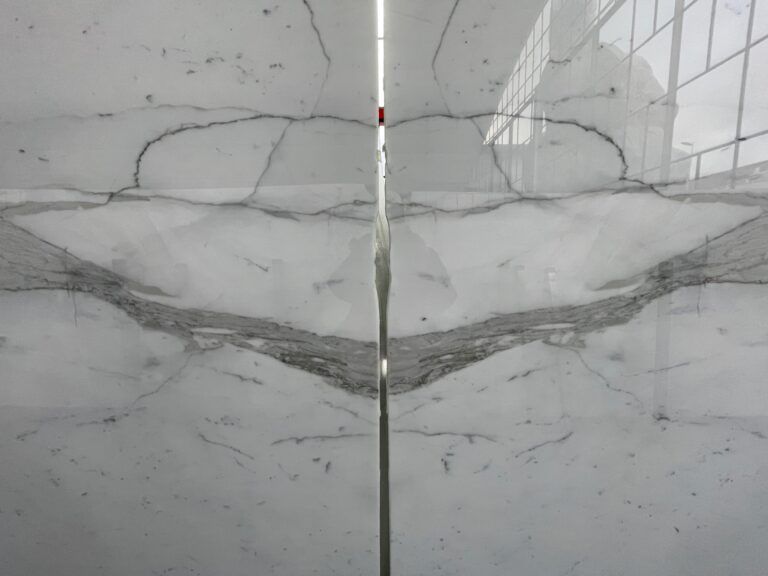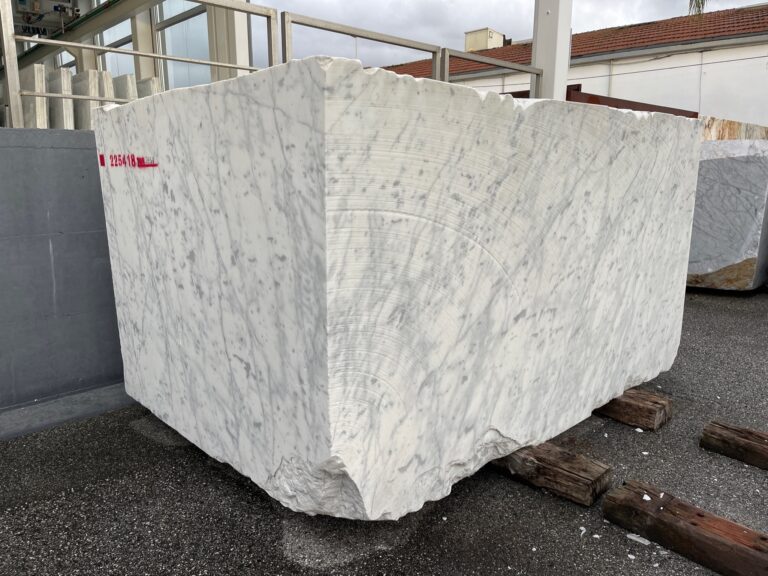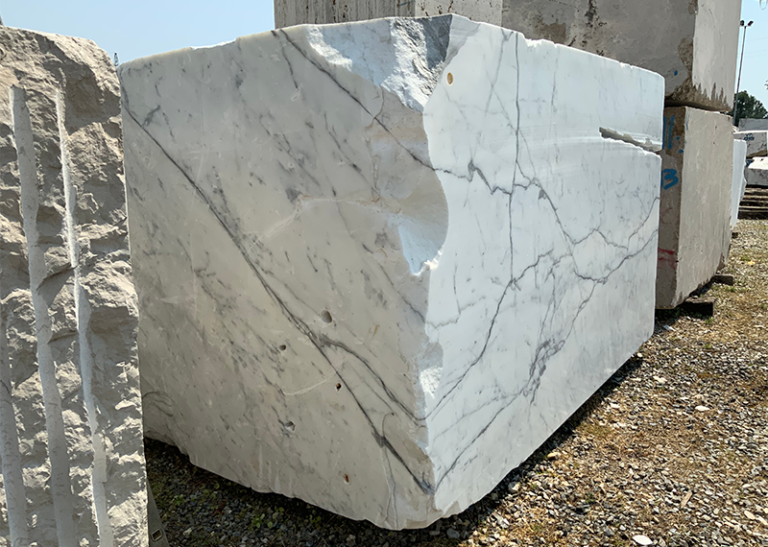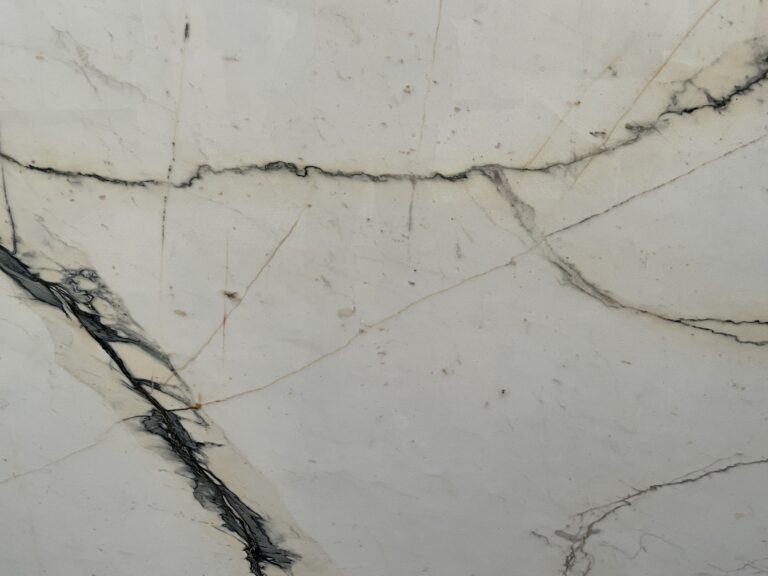Quality Value Score Card
The 6 parameters are considered for each block: Quality, Uniformity, Size, Weight, Shape, and Health (A, B, C, D, E, F); each vestment has a score from 1 (minimum) to 5 (maximum) which is assigned by the tester; Note: The 5-point scale can be refined with half points (0.5 – 1.0 – 1.5 … up to 5.0) in cases where even more accuracy is considered.
The parameters are classified into:
- PS = subjective parameters (accompanied by examples relating to the variety examined)
- PO = objective parameters (referring to a table)
Sustainability considerations
- better and faster possibility of choice by the customer, who focuses only on the blocks centered on the predetermined acceptability profile.
- ease of representation and understanding of the technical value of each block
- use of a common language between all actors
- increase professionalism and therefore, as a derivative, of operators credibility in the stone sector and the supply chain in general.
A. Quality (PS)
It’s the main parameter, very often intimately correlated with the color (and with its nuances and tones) and with the texture (morphologies of any veins, mineral and/or fossil elements, other relevant aesthetic aspects):
For each variety of material managed with this method, MARENGOLD has identified a classification of Sub-varieties characterized by a codified degree of quality.
Quality mainly refers to the degree of aesthetic character related to the block in question. Artificial intelligence techniques allow a better definition and a more objective recognition of the quality degree.
Score 5: Maximum quality
Score 4: Medium-high quality
Score 3: Medium quality
Score 2: Medium-low quality
Score 1: Low quality
For each variety of material, each quality level is described (and often represented with examples).
Sustainability note:
The aspect relating to the degree of quality impacts on the commercial value of the block but can be reversed in the application phase, mitigating the lower quality with special processes, for example:
- a smooth surface will mitigate chromatic unevenness compared to a glossy surface
- particular processes such as sandblasting, bush-hammering, mechanical or waterjet brushing make the final appearance of the work less dependent on the initial quality of the block.
With these techniques, blocks of lower commercial value (due to low quality) can therefore be the reason for particular applications, also characterized by greater profit if used well.
B. Uniformity (PS)
MARENGOLD has developed a general criterion for the evaluation of the uniformity parameter: this criterion constitutes a guide and must be interpreted and adapted to each variety of material being tested to make a certain reference trace available to the inspector.
Score 5: Maximum uniformity:
Variations are imperceptible or barely perceptible to the eye.
Score 4: Medium-maximum uniformity
The variations are perceptible to the eye but are such as to give the impression of an almost perfectly uniform appearance of the material.
Score 3: Average uniformity
The perceived variations have a certain impact, giving the impression of a material with a significant presence of areas of inhomogeneity but not such as to be able to define it with double/triple color and/or texture
Score 2: Medium-low uniformity
The perceived variations are important and give the impression of a non-uniform appearance of the material, with possible definitions of double/triple color and/or texture
Score 1: Low uniformity
Substantially non-uniform material.
Sustainability note:The aspect relating to the degree of uniformity impacts the commercial value of the block but can be completely overturned in the application phase, enhancing the non-uniformities with symmetrical geometries (in jargon called “open book”): designs and shapes can be created from very high aesthetic impact and with a very strong stage presence
C. Dimension (PO)
MARENGOLD has defined classes of dimensions referring to the Length-Height pair of the block relative to the face corresponding to the slab: the tester will assign the score with this reference.
Score 5: Jumbo Size
> 300cm x 190cm
so-called “US size” represents the maximum possible value.
Score 4: Big Size
> 250cm x 170cm
optimal fit for many markets
Score 3: Mid Size
> 220cm x 140cm
measure that balances lower prices with good application possibilities
Score 2: Small Size
> 200cm x 100cm
the price is favored over the possibility of application: this category can be very interesting for projects with the possibility of adapting the measurements of the finished products to the size of the blocks available.
Score 1: Mickey Mouse
> 150cm x 75cm
usually reserved for small-sized finished products, normally this type of block is reserved for particular markets that allow its use thanks to the availability of low-cost manufacturing.
E. Shape (PS)
Traditionally declined roughly in Block / Semiblock / Shapeless, based on the decreasing similarity with an ideal shape of the block (parallelepiped): MARENGOLD has refined this parameter by creating five classes of Shape which represent as many scores to be assigned. Digital technologies help to define this parameter more objectively.
Score 5: Square Shape Block
Score 4: Semi-Square Block
Presence of missing corner or sloped side
Score 3: Semi-Block 5 square sides
At least 5 squared sides, one irregular side
Score 2: Semi-Block 4 square sides
At least 4 squared sides, 2 irregular sides
Score 1: Unformed
less than 4 squared sides
Sustainability note:
The more regularly shaped blocks are usually intended for the production of loom slabs (in the jargon they are defined as “frameable blocks” while particularly irregularly shaped blocks can be worked with multi-disc machines for the production of tiles; recent solutions allow for the assembly of strips of material and obtain composite slabs, creating designs and motifs not found in nature with natural elements.
F. Sanity (PS)
In common parlance we speak of a healthy / almost healthy / broken block: MARENGOLD has given a specific definition and refined this parameter; Digital technologies allow three-dimensional geometric evaluations, allowing to evaluate the predictive impact of fractures and structural imperfections identified on the workpieces.
Score 5: Block Perfectly healthy
no appreciable structural defects
Score 4: Almost perfectly healthy block
some appreciable defects with limited impact
Average score
Acceptability profile
A buyer could identify an “ideal acceptability profile” which includes a minimum and possibly maximum acceptable value for each parameter, the maximum value could be linked to a maximum acceptability limit REFERRING to the purchase cost.


